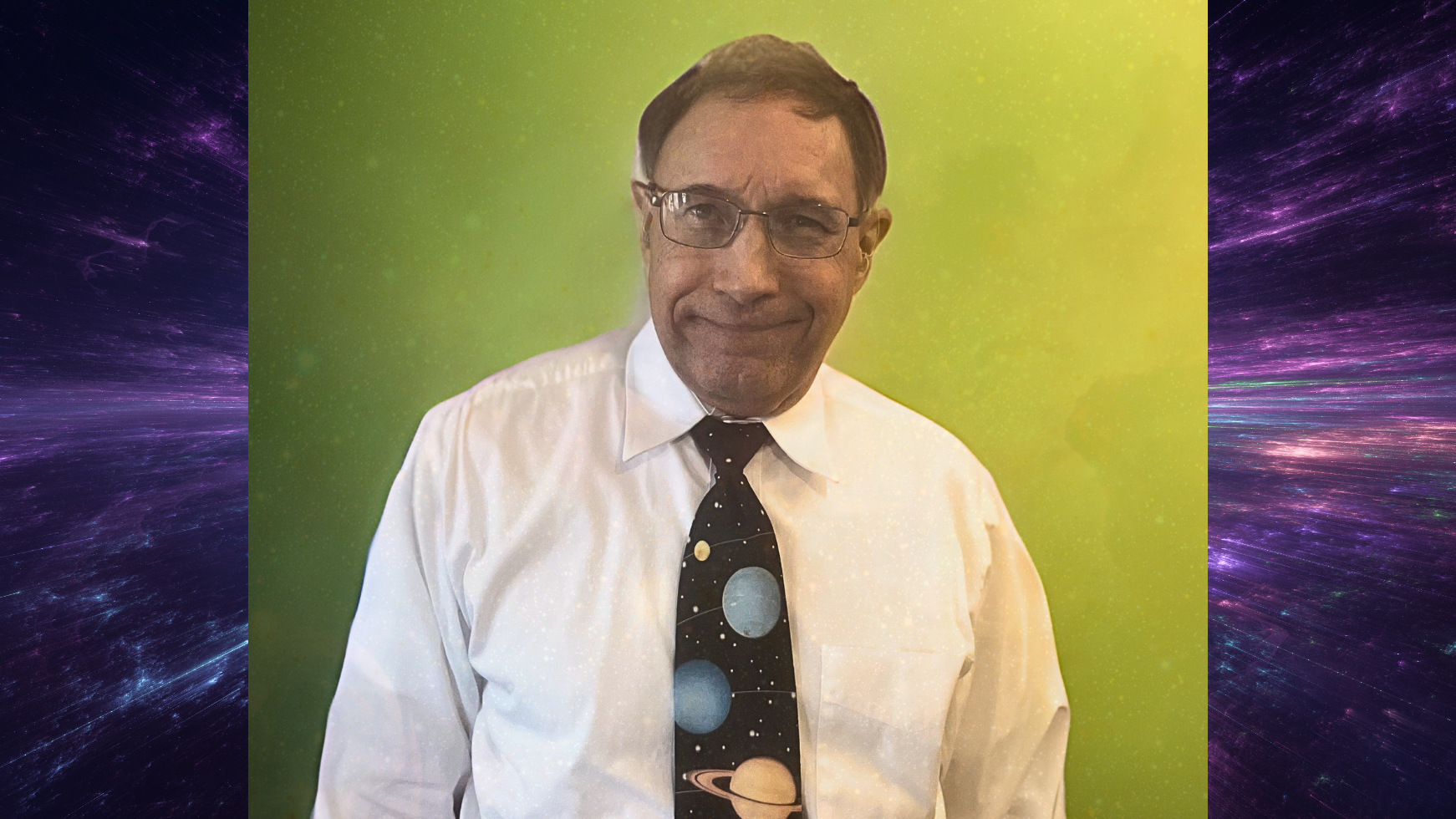In many ways, my career has been chasing chances to do mathematics. When I enrolled at college, I majored in math. Later, I added a second major, chemical physics, which seemed to offer better career options than pure mathematics. When I was accepted to graduate programs for mathematics and chemical physics, I moved into chemical physics.
One nice aspect of chemical physics is that it seems to be 80% physics and 20% math. A key skill set I brought to graduate school was the ability to program computers, based on my classes as an undergraduate, and the fact that I owned an early microcomputer. I was able to use that skill in a variety of classroom and research projects.
Once I finished graduate school, I needed to figure out what I wanted to do. I did not feel prepared to teach, so I sought out jobs in industry and government. I was fortunate to be offered a position at NASA Glenn (formerly Lewis) Research Center. The group I joined was developing computer models of the space environment, analyzing how that environment affected the spacecraft while orbiting. This was a perfect fit for my background; I was able to use my physics and chemistry training, programming skills, and even some of my math background.
While at NASA, our group merged with the solar cell group. My tasks included modeling damage to solar cells in earth orbit, as well as the beginnings of modeling and planning how well multi-junction solar cells would work in different environments.
Most of the large software programs we used at NASA were custom-built, usually written by external contractors that would provide regular support. I was also involved in smaller modeling software, which I developed myself, that was used to estimate simple physics effects the spacecraft might encounter. I also was tasked with analyzing data from a flight experiment that stored data in a non-trivial way. The last program I developed at NASA combined several programs (an orbit generator and two environmental models), to which I added a model for how solar cells degraded in those environments. I left NASA before that model was fully validated, as it needed results from multiple flight experiments for direct comparison.
After 15 years, NASA funding for contractors was running out, so I reached out to family and friends about job opportunities. I was able to get an interview with the Philips Healthcare Computed Tomography (CT) Physics Team. During the interview, I described how I learned about multiple new fields while at NASA and made useful contributions fairly quickly. To my great relief, I received an offer even though I knew almost nothing about CT.
The CT Physics section had several responsibilities, but the key was to improve the image quality of our products without increasing the X-ray dose. Different people worked on reconstruction algorithms, hardware calibrations, image-quality testing, and handling customer complaints about image quality. Within one year, I was able to help formulate an algorithm change that reduced a problematic image-quality artifact, identify how to reliably quantify the dose our scanners used, and develop a suite of image-quality tests for the newest CT scanner.
This Physics Team has developed prototypes of reconstruction algorithms and has created a working environment that mimicked the full reconstruction software. That software was maintained by a different team (the Reconstruction Software Team), but there is a strong partnership between both teams.
I was especially intrigued to discover that the basic algorithm for reconstructing CT images was published in 1917 by Johann Radon. In fact, CT uses the inverse Radon Transform, but Radon demonstrated that it was possible to invert it. The question he posed was, “If we have projections through an image, can we reconstruct the image from only the projections?”. The projections were the forward Radon transform, and reconstructing the image from those projections was the inverse transform. Clearly, there were no computers available in 1917 to demonstrate the efficacy of his solution. CT was only invented around 1970 (the first clinical scan was in 1971), and the images took hours to reconstruct. Now, with faster computers and more optimized algorithms, we reconstruct as many as 100 images per second.
As I recently retired, I looked back on my career. When I experienced my major career change 16 years ago, I was grateful that Philips took a chance on me. But I arrived there with key problem-solving skills I had developed over decades. In addition, I have always had a thirst to learn new things, especially in the science fields. Philips enabled me to broaden my experience from what I had seen at NASA and transfer mathematics/theory to a new domain. The computer program that I did not quite finish for outer space exploration used the same physics as the algorithm to improve medical care, here on Earth.




Join the Discussion (0)
Become a Member or Sign In to Post a Comment